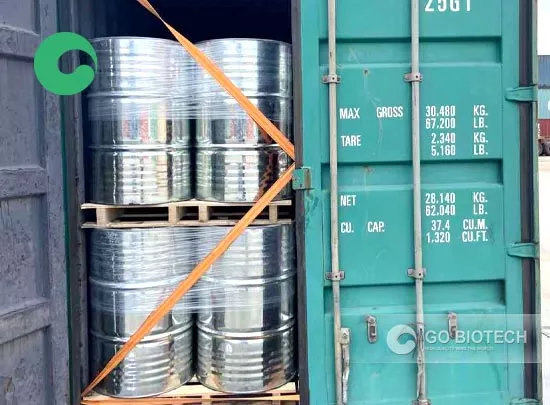Why can plasticizers improve the plasticity of plastics?
Plasticizers can improve the plasticity of plastics, mainly because they can weaken the interaction between polymer molecules. Plasticizer molecules are inserted between polymer molecular chains, increasing the mobility of polymer molecular chains and reducing the crystallinity of polymer molecular chains, thereby increasing the plasticity of polymers. Specifically, the action mechanism of plasticizers includes lubrication, gelation and free volume.
1. Lubrication: As an interfacial lubricant, plasticizers can promote the movement between polymer macromolecules or chain segments, reduce the “friction” between molecules, and enable macromolecular chains to slide against each other, thereby improving the fluidity of plastics.
2. Gelation: Plasticizers selectively break up the physical “connection points” between polymer macromolecules, resulting in the separation of macromolecules, reducing the crystallinity of polymers and increasing the plasticity of plastics.
3. Free volume effect: The addition of plasticizers will increase the free volume of polymers, increase the distance between macromolecules, increase the free volume of the system, reduce the viscosity and glass transition temperature of polymers, and increase plasticity.
